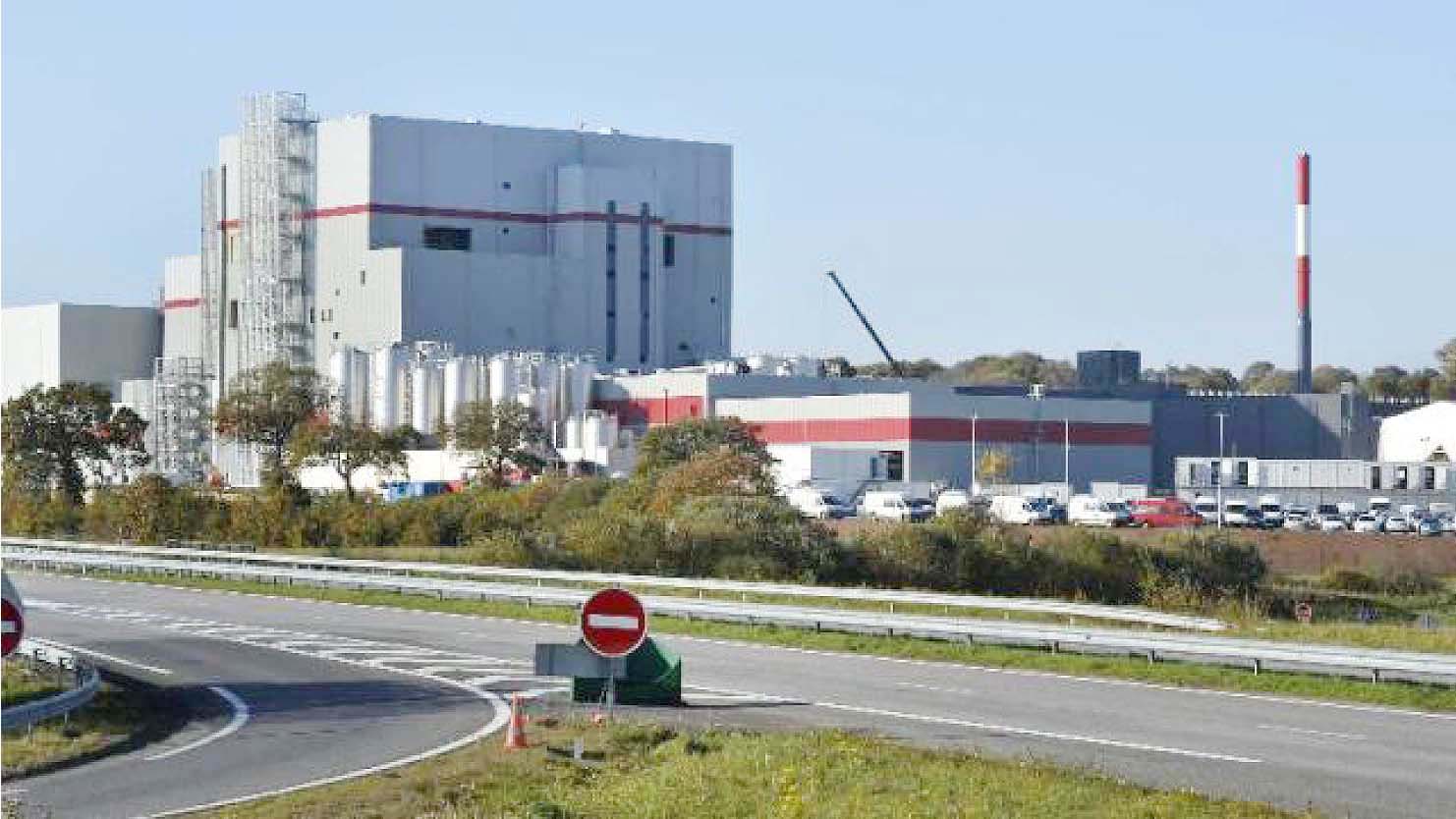
Brittany’s strong identity with its regional language, Breton, along with its traditions have made the region a top tourist destination for Europeans and, increasingly, for Asians. Besides recreational boating and swimming at sea, one of the tourist attractions is the many summer pilgrimages. More significantly, economic opportunities have been increasingly aimed at Asia, and China has been a growing investor in the region in the last 30 years.
The most emblematic example is the Chinese firm Synutra investing 90 million euros in the biggest production unit of infant milk formula in the Carhaix, a municipality west of France. Its objective is to transform 208 million liters of milk into powder for the Chinese market, and help create jobs in the French region. Synutra (Shengyuan, with headquarters in the province of Shandong, China) partnered with SODIAAL, a French dairy cooperative. One thousand farmers will supply the factory with milk.
The arrival of Chinese investors has drawn enthusiasm from the farmers’ unions as they see the opportunity to sustainably sell the milk they produce. The local government officials for their part, are in favor of job creation due to deficient investments in the food-processing sector. Twenty hectares of Carhaix land was sold to Synutra, with another 13 hectares reserved for future expansion. Joined to this project is a unit for the demineralization of the lactoserum (rich in vitamins and proteins) which partly composes the baby formula.
Two towers will be dedicated to the drying of the milk, as well as a packing plant for the powdered milk that will be sent to China, where the demand is very high. The production from this plant is estimated at 100,000 tons of powdered milk to meet the demands of the Chinese market where more than 20 million babies are born each year. This projection also anticipates the rise in the demand, due to the relaxing of the one-child policy in China in 2014. This Chinese plant is also strategic as it coincides with the end of the European Union milk quota regime.
Such China investment in France speaks of the inter-dependence of territories in the context of globalization, that brings together supply and demand. The Chinese are seeking to ensure the supply of infant milk formula at home, following the scandal of poisonous milk mixed with melanin that caused the death of six babies and health problems in 300,000 other babies. The demand in China comes mostly from the middle and wealthy classes who prefer the more expensive imported farm-produced products but provide better food safety guarantees.
In July 2015, Chinese prime minister Li Keqiang’s visit to France resulted in agreements worth 3.5 million euros. Chinese corporations are interested in the know-how of French family businesses in various areas where they do not have mastery of the technology: motor boats, inks for printing, food-processing. Chinese industrial investments are mainly focused on telecommunications: China Huaxin has partnered with Alcatel-Lucent Enterprise while Huawei Technologies France is set up in Lannion; on food-processing: Lorain Group has sites in Quimperlé and Queven, Synutra in Carhaix); and on the automobile sector: Dongfeng Motors partnered with Peugeot Citroën in Rennes.
The Chinese investments in Brittany’s food-processing industries are not insignificant: 4.5 percent of the products from this sector are exported to China, with 51 percent meat products, 30 percent dairy products, and the remaining 19 percent poultry and other farm produce of the region. The presence of Chinese industries in Brittany from Shandong province is related to the partnership concluded in 2005 between the Région Bretagne (regional government of Brittany) and the province of Shandong.
Thirty years of cooperation exists between China and Brittany, celebrated in May 2015 with a visit of Shandong’s Vice Governor Xia Geng and his delegation. A cooperation agreement was signed between the Education Bureau of Shandong and the regional education authority (Rectorate) of Brittany on the twinning of Junior and Senior High Schools. Economic aspects were also at the center of the discussions between the two regions, particularly regarding production and infrastructure for export purposes.
The delegation visited the port of Brest, which is being modernized and used for the export of Synutra’s infant milk formula. An agreement was signed with the Chamber of Commerce and Industry that encourages trade between Breton and Chinese ports. The topic of tourism pointed out the common denominators between the two regions: both are peninsulas directed at maritime (fishing, seaweed culture), agricultural and industrial activities.
Local government units in Brittany are attracting Chinese investments as in the case of “Quimper communauté,”an urban community regrouping several towns. Since 2005, the city of Quimper is twinned with the city of Yantai (in Shandong province). A visit of a delegation from the municipality of Yantai was aimed at initiating economic exchanges particularly in tourism and the food-processing sector. Although the food-processing sector is one of the leading sectors in the development of Brittany, other industries have been progressively diversifying and looking to expand overseas.
Indeed, Brittany’s tourism and economic relations could only amplify and build numerous “bridges” (or tulay) with other regions in the world.
